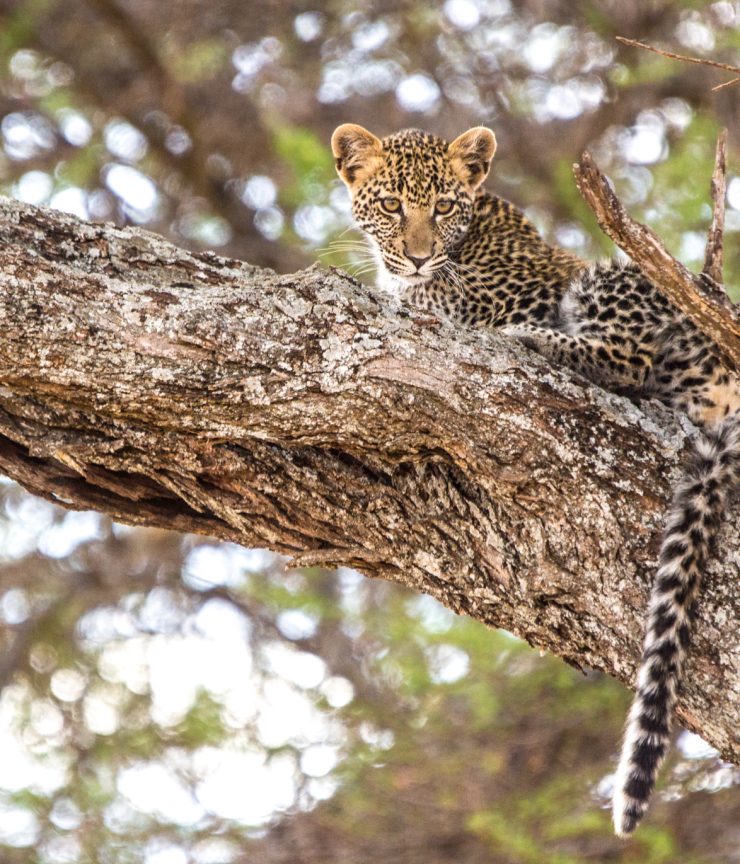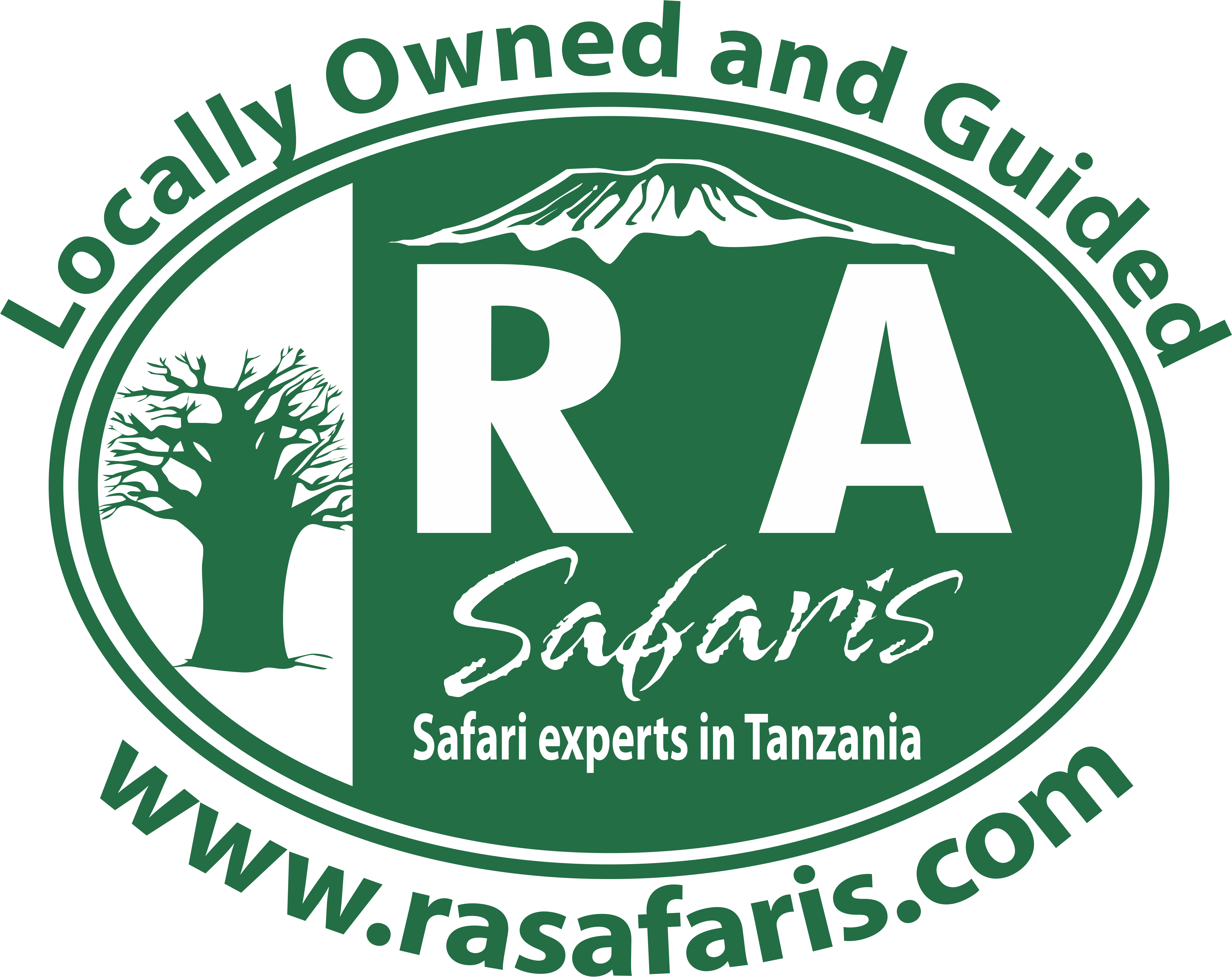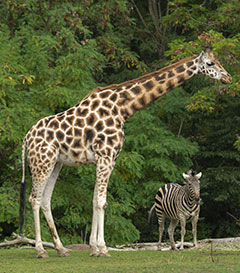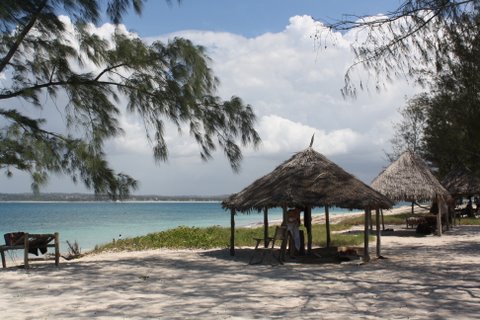
7-day Migration Crossing Safari, Northern Tanzania
Experience the Magic! The Serengeti Migration in Northern Tanzania is the largest migration of mammals anywhere in the world. Ungulates such as wildebeests, zebras, impalas and gazelles complete the annual circuit for greener grass, risking their lives as they complete the river crossings at the Mara and Grumeti Rivers. The best time to witness exciting river crossings is generally between the months of July and September, but the migration of animals is a continual circuit throughout the Serengeti and parts of Kenya.
Day-to-Day itinerary
Pre-scheduled pick-up: Although the itinerary begins in Arusha, we will happily provide transport from the Kilimanjaro International Airport (or domestic Arusha Airport). Just contact us to arrange pick-up.
Day 1: Arusha to Manyara
Your safari begins after breakfast from your Arusha-area accommodations. It’s only a 2-hr drive to the gate of Manyara National Park*.
This park is famous for tree-climbing lions and is a great place to view elephants and giraffes. You may include a tree-top walk within the park, or a visit to the interesting hot springs (some are too hot to touch!). Enjoy a picnic lunch within the park.
Overnight and Dinner at a local lodge or glamping campsite in the Karatu area. You will drive past the Great Rift Valley in the evening – ask your driver to stop at the “View Point” to get some fantastic photos.
*You may opt to visit Tarangire National Park, instead. Both Manyara and Tarangire are great parks, the only difference is a mere 30-40 minute drive on Day 2.
Day 2: Karatu to Central Serengeti
It’s an early morning with a long drive this day – but still exciting as you drive into the Serengeti and experience a game drive as you manouver further into Tanzania’s most famous national park.
You won’t spend the whole day in the safari jeep, though. Have a stop at Ol Duvai Gorge – the excavation site Richard Leakey made famous, and lunch at Lake Ndutu.
You will overnight in the Serengeti, either camping for the full nature experience or staying at a comfortable lodge in a beautiful setting.
- All meals included.
Day 3: North Serengeti
After breakfast, continue toward Northern Serengeti. Depending on the time of year, you may head north to witness the river crossings and take in the hoards of animals charging across the river. Or, pass through peaceful Seronera, known as the “predator capital of the world’ for it’s high numbers of lions, leopards and cheetahs.
You will overnight at a new camp or lodge this night. Many of the lodges have swimming pools or places to take in the sunset, while camping is amazing in this area. Stay up around the fire and take in the African night sky.
Day 4: North Serengeti
Another full day in northern Serengeti, visit Grumeti or Mara Rivers. Or do a walking safari, led by a trained park ranger to walk in the wild.
- Dinner and overnight at your lodge or campsite.
- All meals included.
Day 5: Central Serengeti
After breakfast your tour will continue through Central Serengeti, with a chance to the see kijopes rock formations and visit the Retima Hippo Pool. If you choose an early morning you might spot cheetahs on the prowl or active impalas.
After a picnic lunch, continue toward the southern end of the park for dinner and overnight.
- All meals included.
Day 6: Ngorongoro Conservation Area
You may have departed Serengeti National Park, but enjoy another famous wildllife area of Tanzania: the Ngorongoro Conservation Area. Here you will have a chance to walk in the foothills of Tanzania’s third highest mountain, Mount Lolomasin, or climb Empakai Crater or complete a waterfall trek.
During the months of December, January and February the migration of animals is more likely to be in this area, as zebras and wildebeests come here to give birth to their calves. If you are visiting during these months, you may see thousands of new born calves each day!
- Dinner and overnight, camping or at a beautiful lodge.
- All meals included.
Day 7: Ngorongoro Crater, On to Arusha
While this is the final day of the tour, it is action-packed! After breakfast, head to the UNESCO Heritage Site, Ngorongoro Crater. This is the site of the world’s largest, intact volcanic caldera and home to it’s own unique ecosystem, featuring an impressive number of animals. Elephants, rhinos, lions and more reside within the crater.
Enjoy lunch at the Hippo Pool and a drive to the alkaline lake, Lake Magadi before ascending out of the crater and driving toward Arusha (approx 2.5 hrs drive).
- All meals included.
Please let us know if we can arrange your overnight accommodations in Arusha, or if you are departing directly to the airport to return home or ongoing travel.



